President of the Tourism, Hospitality and Leisure Sector of GRTU Philip Fenech believes that now is the ideal time to address many wear and tear issues that have arisen across the island as a result from Malta’s booming tourism sector.
As another bustling summer comes to a close, and the level of tourists slowly starts to decrease, one can easily notice the fatigue in the country – from pollution levels, maintenance issues, broken street signs and rusted benches.
Mr Fenech explains this as being the issue with Malta’s great success in the tourism sector – a sort of ‘good’ problem to have. The way he sees it, is that the tourism zone foundation that currently exists today, could potentially be given more powers so that it can address wear and tear issues immediately.
“How many times have we seen, for example, a car crash that damages public property, like a street sign, and weeks passing by before anybody does something about it. One of the main issues is that it is unclear who is responsible for what.
“This is why I am proposing a strengthened tourism zone foundation – so that should an issue like this arise, somebody can call the foundation and personnel will either be able to tell you who the person responsible is – be it the local council, or Transport Malta – or if the damaged site is in a grey area, the foundation can sort the problem itself.
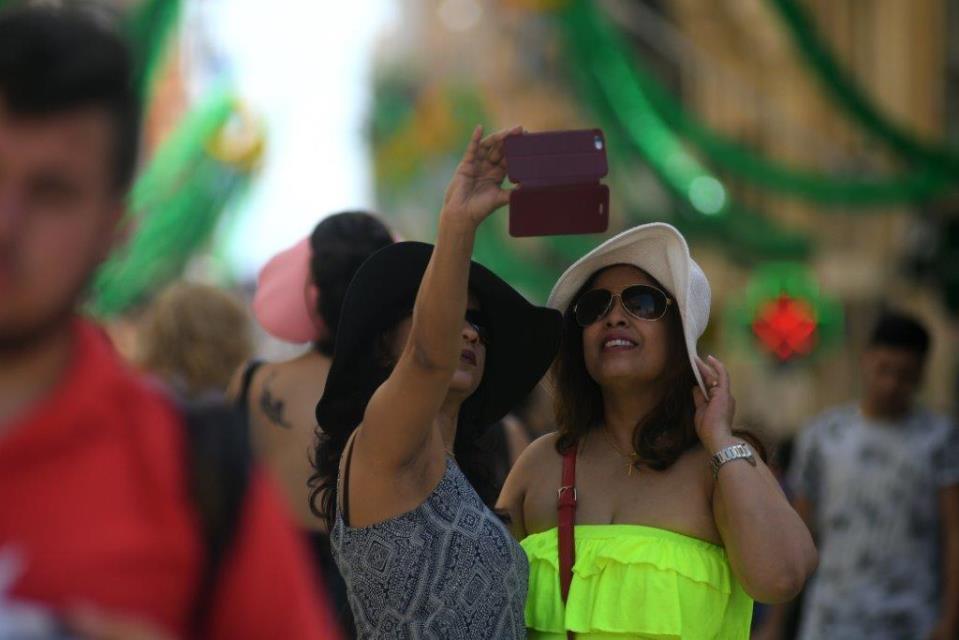
“We cannot be complacent or slow about it, because it is the end of the season and we have had two fantastic years of tourist levels, now is the time to take a look at these places. Managing the zones is not only about maintenance but also about security. We have the tourism police as an experiment and hopefully this will grow. Transport Malta has to get into the nitty-gritty of traffic management in dense areas. Paceville is a real model of how an area can become intense – Valletta and Bugibba are seeing similar levels of intensity.
Fatigue Tourism Destination Syndrome
“The traditionally tourist areas are that of Sliema, St Julian’s, Valletta and Mdina, among others. Mdina has been done up recently and it’s seen a high number of tourists. If you look around you can see what I call this fatigue tourism destination syndrome, which I would not like to see.
“I think this is why we need a very good tourism zone management committee. It already exists and I sit on the board. Positively, we are thinking of these things: the tourism zones’ foundation management. There is now another committee related to the bed tax (eco-contribution tax) that is going into a trust, where that trust is going to be managed essentially by government and hopefully by the private sector. We are writing to the minister to be able to participate.
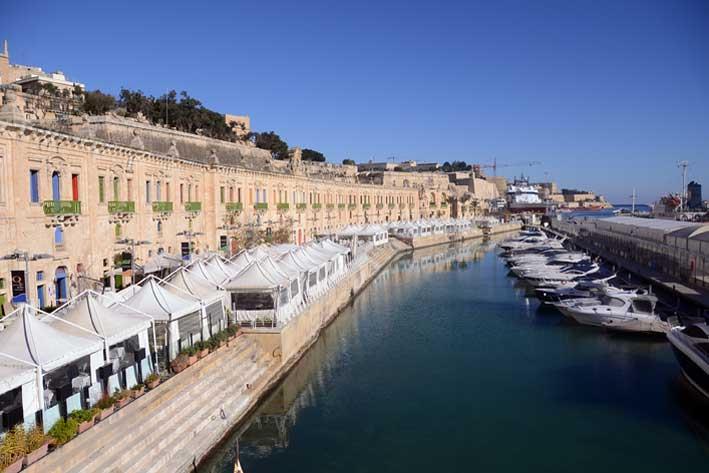
“When we speak of management we speak about managing everything such as cleanliness and real time maintenance. There is the immediate maintenance that needs to be seen to, since we have tourists all the time now. They are spilling over not only in the town centres but elsewhere.
“We need to see to this maintenance in real time, and hopefully the tourism zones, I’ve been lobbying for this, will have a fund that supersedes what the local councils will do. Even if they bill the council later but the hypothetical bench needs to be fixed in real time. This management committee will be so proactive that it will sort it out immediately and then reconcile after. This nonsense of waiting for tenders for tiny maintenance work is just not working.
“Tourists are discovering areas which are not typically tourist destinations. There are lots of nice areas where if nice pathways were paved and little details are taken care of - it can go a long way. St. Peter’s Pool is a good example of tourists spilling over to areas that are not known to cater for them.
Development vs preservation of heritage
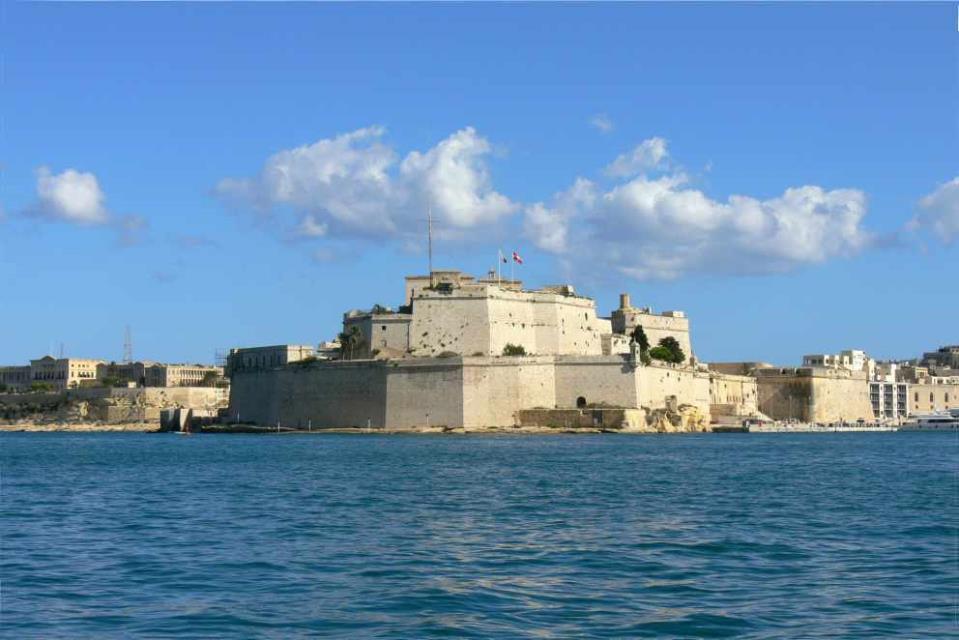
“Some people are saying – and this is the big debate – we have to be very careful that Malta does not lose its heritage and charm. Having said that, we are an organisation (GRTU) that believes in enterprise and the economy.
“We need to strengthen our institutions, such as the Environment and Resources Authority. Hopefully they have a big job to find that balance without stifling economic growth. When I go back to the past and remember discussions about needing to bring five star hotels to Malta – there was a whole debate that we were ruining the environment. The reality is that we felt the need for five stars because we wanted to cater for certain kind of tourists and host conferences. We did lose something across the way.
“We do not want Malta to be another Dubai, but the good thing about Malta is that considering the size of it we still have a good mix of traditional charm and modern amenities.
“I can understand the excitement for high rises in certain tourist areas, having these penthouse clubs but obviously we do not want to have a high rise in an area that is going to spoil the traditional charm of the area.

“Look at the South, the Jerma hotel – a very modern development at the time – was very important because it kept businesses going and movement in the area.
“With Malta, having all this potential, the V18 and the Presidency – many conferences can take place here. It is not very taxable on the environment and will contribute greatly to the economy by creating good value added. “
Patchwork system for planning and the newly proposed Paceville Masterplan
Asked about how the GRTU feels about the patchwork system used throughout the years when it comes to development and planning in Malta, Mr Fenech said:
“I am finding that I can vent my thoughts on this matter through this tourism zone committee. I believe that if it is managed well we will be able to overall see how Malta has developed. There was no strategic plan. Ok there was the MDC where in the old Labour days they said the South would be industrial and the North would be touristic, and now the North is developed. There was no holistic plan however everybody built on everybody else’s success.
“When i had BJs in the 1970s, I was there on my own. Then people build on your success – because it was a popular place, you need a take-away next door. Because the hotel in the area was full, another one was built and so on and so forth.
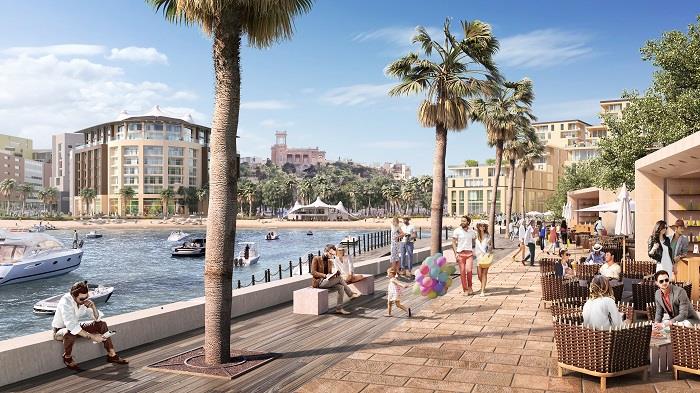
“This is how a hub gets created and it is positive. At the same time there is negative energy towards old buildings being knocked down to replace new ones. Now if there was a strategic plan from the very beginning we wouldn’t have done certain damage we have done to the environment that we are trying to fix.
“In fact, if you look at Spain, whole areas were knocked down and rebuilt with better planning.
If you look at Paceville today, the road networks are not keeping up with the high level of traffic as a result of so many businesses in the area. The middle is so congested, we have to be very efficient should there be an accident in one of these areas, it will be very difficult to get to the accident.
“We need to plan, especially what’s left of our island, to use our resources at the most efficient stages as we can. We cannot afford to make one mistake, before we could patch it up but now it is a bit difficult.
Turning to the €300 million master plan for Paceville, which was proposed last week and would address the many longstanding planning issues, Mr Fenech said:
“We look very forward to that plan which seems to finally be looking at things in holistic way and not in a piecemeal fashion. We are studying and looking into the plans so that we can come out with our comments and we agree that such approaches will be taken to all our busy, touristic areas such as Bugibba, Birgu, Marsascala and even Valletta – however there seems to be a real effort being made for our capital city, especially in the light of it being Europe’s capital for culture in 2018.

Areas of potential and maximising tourism in the shoulder months
Having been heavily involved in Malta’s tourism sector over the years, and having seen Malta change so drastically, Mr Fenech looks into the way Malta’s tourism success has grown and changed.
“Malta’s achievement is the fact that we now have a marketing mix. Essentially Malta’s product is made up of a lot of different segments, all integrating and working together. Malta is not like Gstaad, where people go to ski and that is it. That gives an element of security and that hasn’t come easy. This has come about from 30 years of work. Our first tourist was the British tourist who came for the sun, sea and beach.
“What we have done and is opened all these niche markets: one of the most exciting is wedding tourism. We started off by normal weddings with a group of 30-40 people but now we are going for these plush weddings, many of which are Asian weddings. They will come and have three or four parties before the wedding, the actual wedding itself, and then an after wedding party as well. We are talking about very wealthy people, obviously bringing with them the whole family and business friends.
Developing markets
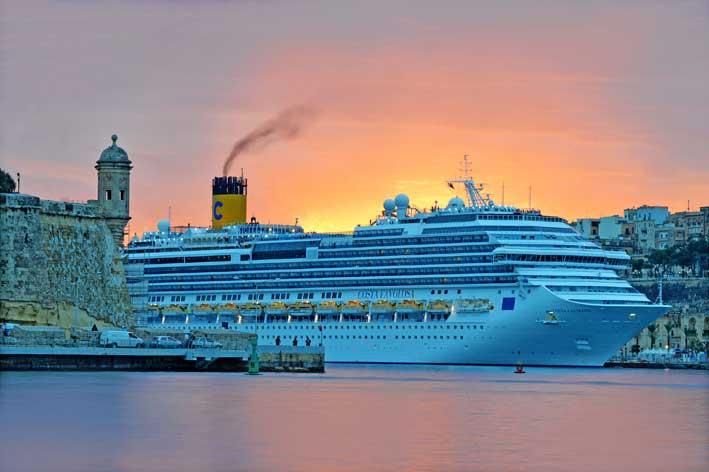
“Another market developing strongly which goes into the different types of lodgings, is community tourism. There is a tourist who doesn’t want to come here to attend a conference, or for sun and sea, sports or religion. There is a type of tourist who comes for the culture - culture in a sense to enjoy the actual lifestyle of how the locals live. They will literally want to go and stay with someone living in the South or in Gozo, where in the evening the husband goes to the band club and prepares for the feast. Little things that we take for granted but are part of Malta’s traditional charm. The traditional fireworks, feast preparation and traditional meals.
“Access and exposure to this will make the difference for that tourist. The more we carry on developing these segments the better it is.
“Medical tourism also has a lot of potential, even with the contracts that have brought in private health entities. Unfortunately, maybe by default, we must keep in mind that because of the wars we have around us there is that need as well. A lot of these governments have money to take care of their people and this gives us an element of value added.
“This year we will probably close with about 1.8 or 1.9 million tourists, which is a lot. Now, we need to manage this. We still have excess capacity because between November and May we can still carry more tourists. We are at our peak literally in July and August where we cannot take more people. Because we increased our supply, we cannot go back to the figures we used to attain.
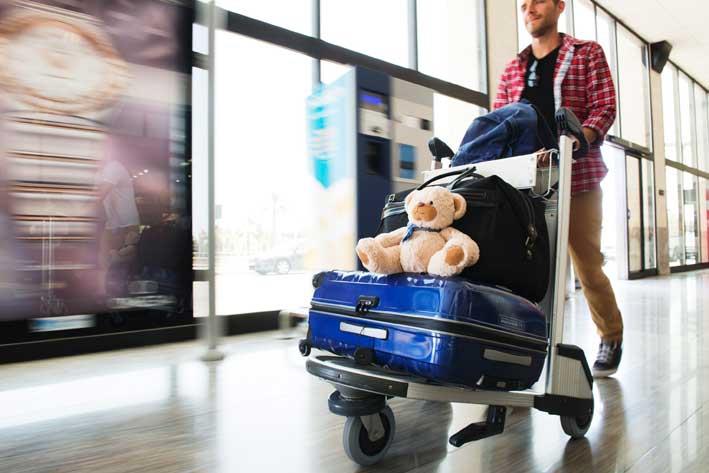
“Our hotels have increased their bed content. Having said that, because we have increased our supply side, according to the demand, that means that now we cannot go back on the figures we have attained because they have become now what we call a maintenance dose, in other words sustainability figures.
“Where we used to say 1 million is enough and .8/9 is all profit, the .8 isn’t profit anymore because we have increased our capacities.
“What we need to do now is increase more tourists because there is no reason way we can’t have an August in January, February or March. We still have the space to take that and the expenses are there: the beds are open and the beds are there. Not only beds, but that we also have more retail and more services in all their diversity. What is important is to carry on refining those segments to create more value added.